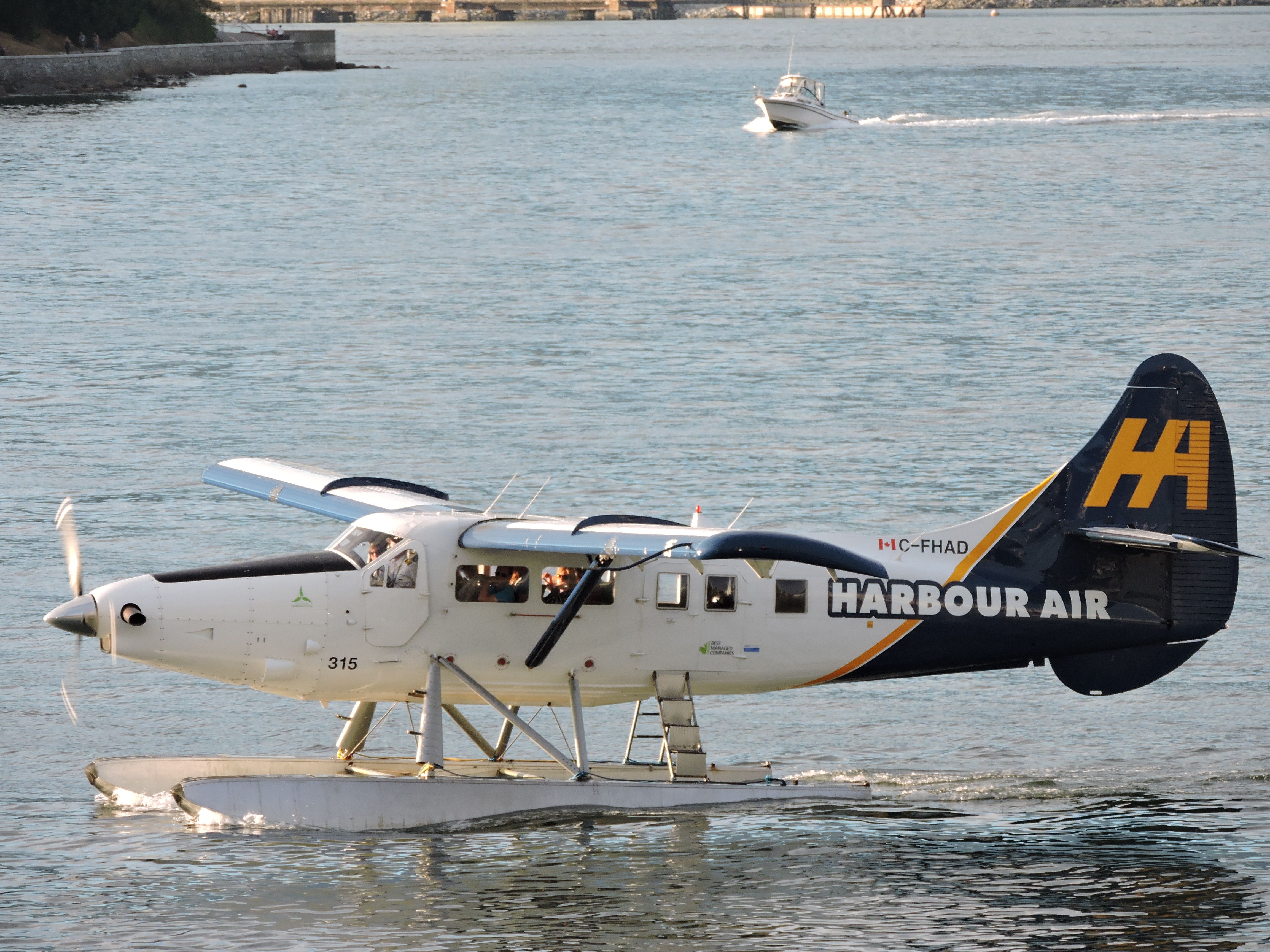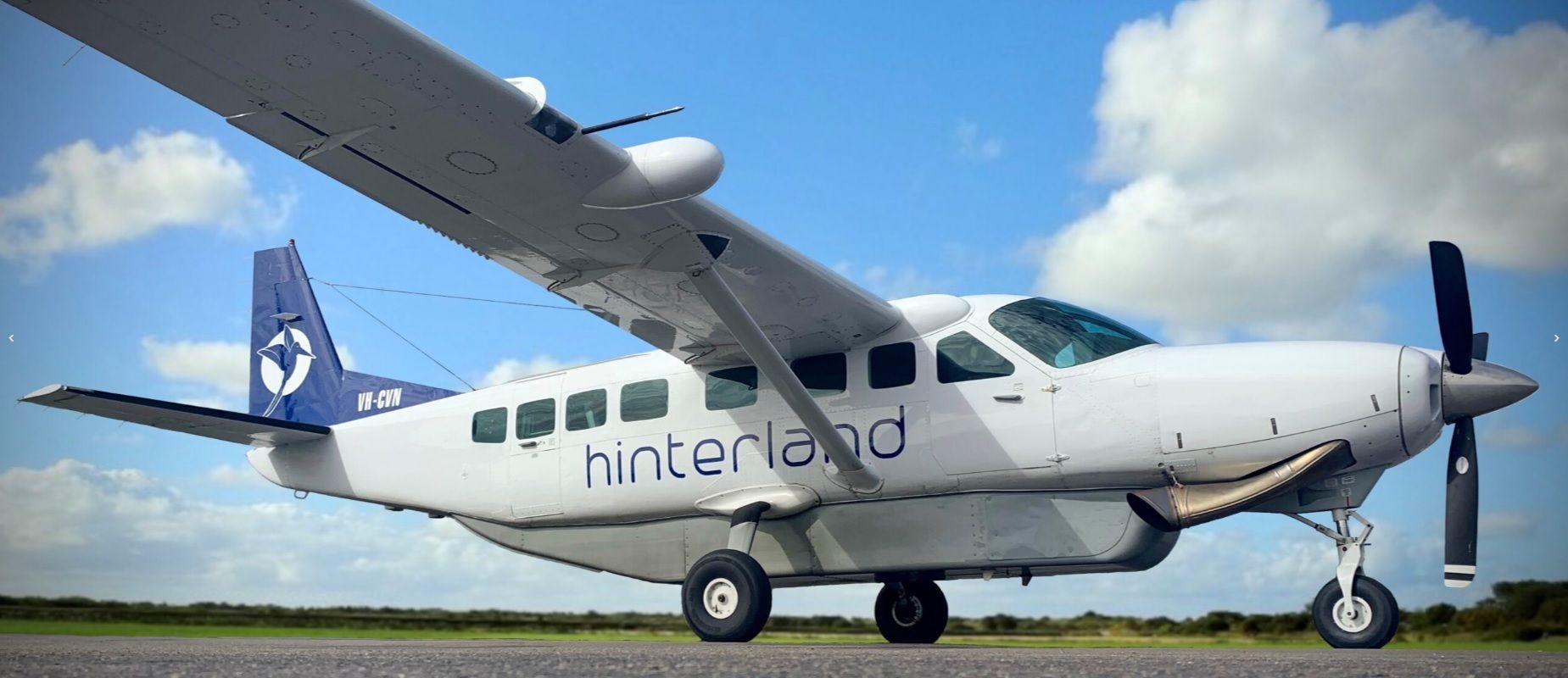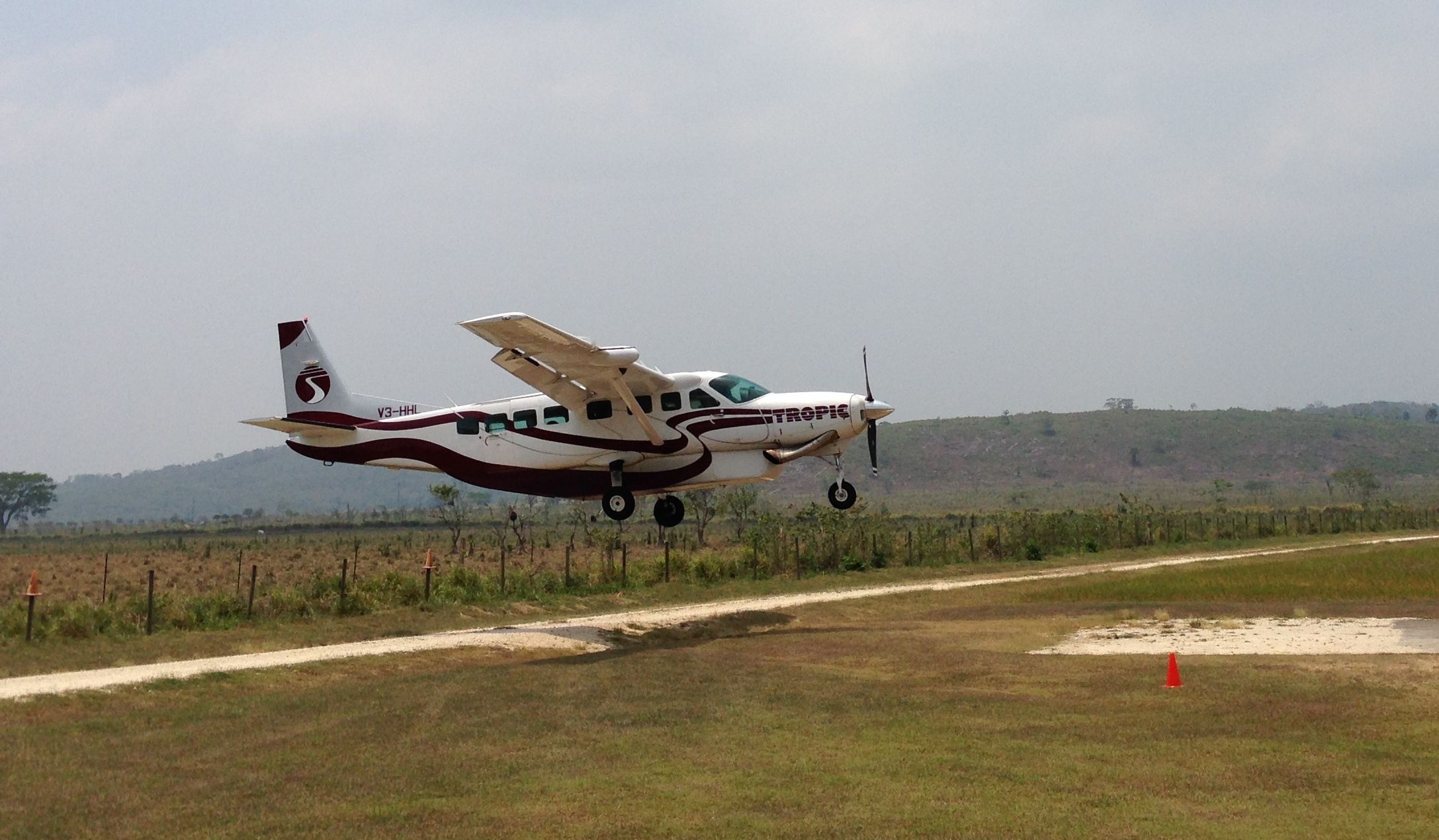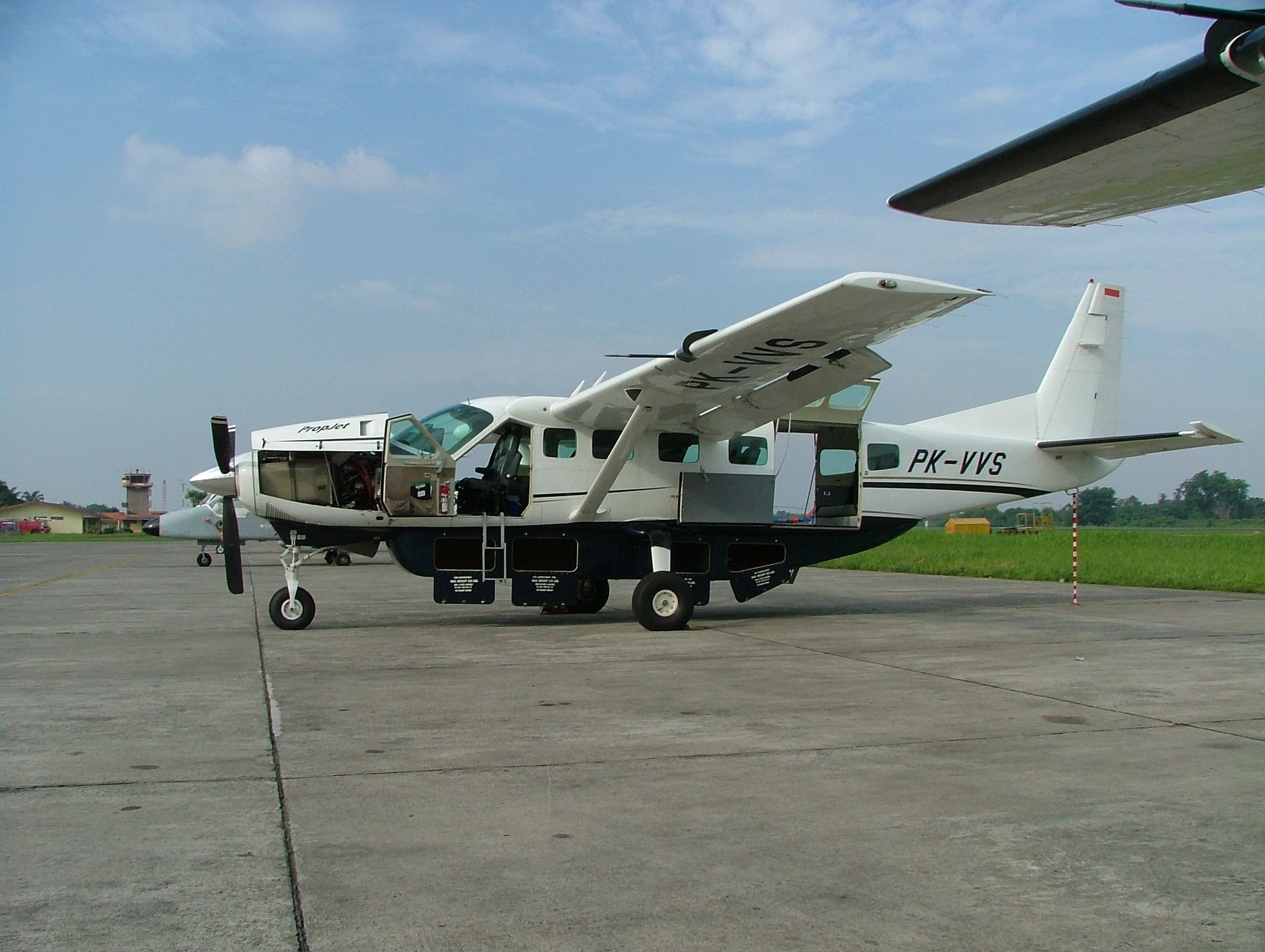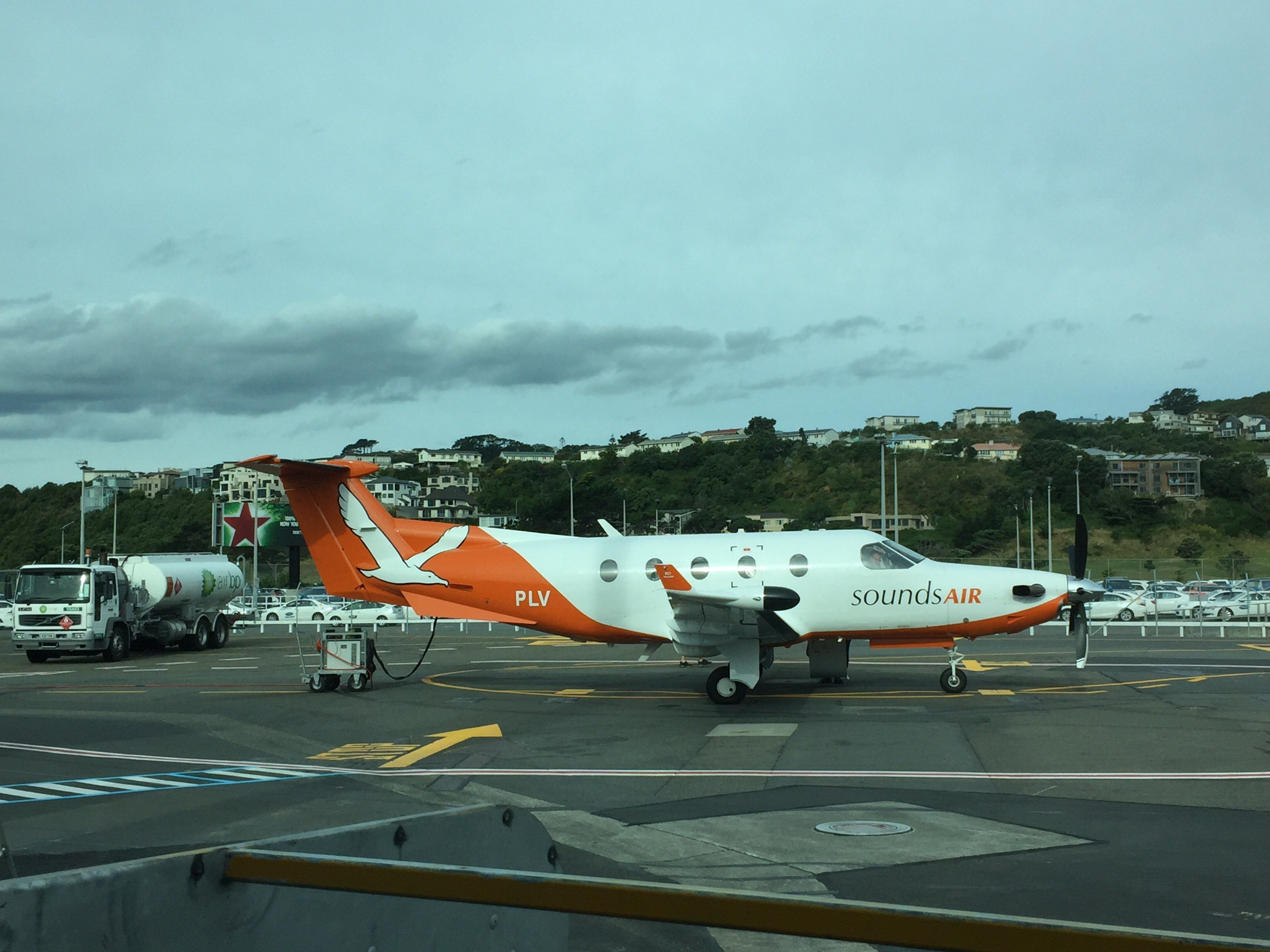Summary
- Single-engine turboprops are commonly used by smaller commercial operators.
- The main commercially used single-engine aircraft are the Cessna 208 Caravan and Pilatus PC-12.
- Regulations and safety concerns make single-engine commercial jets unlikely in the near future.
Single-engine aircraft are not commonly used for scheduled flights. However, several operators utilize them in certain regions. This guide takes a quick look at the main scheduled operators of leading large single-engine aircraft, most notably the Cessna 208 Caravan and the Pilatus PC-12.
Single engine flights
There are, of course, plenty of single-engine aircraft operating today. Anyone who has taken flying lessons, experience, or sight-seeing flights will have most likely done so in a single-engine propeller aircraft – such as a Cessna 172 or Piper Warrior. When it comes to commercial flying, the use of single-engine aircraft is much more limited.
There are no commercial single-engine jet aircraft, so any operations would be from single-engine turboprops. No large US or European airline uses any such aircraft, but they remain common with several smaller players. Of course, for private or charter use, they are much more common.
The two most common commercially used single-engine aircraft are the Cessna 208 Caravan and the Pilatus PC-12. Others in use include the de Havilland Canada DHC-2 and DHC-3 Otter (pictured above), which is popular with several small Canadian airlines.
The Cessna 208
The Cessna 208 Caravan has been a very successful development. It entered service in 1984 as an update to previous Cessna aircraft. It was intended as a larger aircraft capable of multiple roles, including freight, private and commercial passenger service, float plane operations (with conversion), military, sky-diving, air ambulance, and other utility uses. Over 3,000 aircraft have been built through several variants, and the Cessna 208 remains in production.
Single-engine operations tend to be in remote areas or with small airlines on feeder services to other flights. There are many small commercial scheduled operators of the Cessna 208 in the Americas, APAC region, and Africa. Some of the largest include:
- Hinterland Aviation in Australia. This is a regional airline based at Cairns, operating flights to several destinations along the coast and inland. It utilizes 12 Cessna 208 aircraft (out of a fleet of just 16 planes) configured for 12 passengers.
Photo: Hinterland Aviation
- Tropic Air and Maya Island Air in Belize. These are both small airlines operating scheduled flights within Belize. Maya Island Air operates eight Cessna 208s (out of a fleet of 13 aircraft), and Tropic Air operates 14 Cessna 208s.
- Kenmore Air in Washington, US. Kenmore Air operates land and seaplane services in Washington and British Columbia. These are both scheduled and charter services. Its fleet includes the Cessna 208 (configured for up to nine passengers), Pilatus PC-12, and DHC-3 Otter.
-
Susi Air in Indonesia. Susi Air is a regional airline operating both scheduled and charter flights from several bases in Indonesia. It has a large fleet of 31 Cessna 208s.
- Azul Conecta. This Brazilian domestic airline operates an extensive network of feeder services for Azul Linhas Aéreas Brasileiras. It uses an all-Cessna 208 fleet from several bases. It is particularly noteworthy for taking delivery of the 3000th Cessna 208 aircraft in January 2023.
- IndiaOne Air in Ahmedabad, India. This is by no means a large operator, but it is significant for being one of the newest to launch. The small airline received its AOC in June 2022, and now flies with a fleet of three Cessna 208 aircraft.
The Pilatus PC-12
Competing most closely with the Cessna 208 may be the Pilatus PC-12. This is a single-engine turboprop with a passenger capacity of up to nine. It entered service in 1994 and remains in production, with over 2,000 aircraft delivered.
Some of the primary scheduled commercial operators include:
- Kenmore Air in Washington, US
- Several small regional airlines in Canada (including North Star Air and Wasaya Airways in Thunder Bay, Ontario).
- Sounds Air, New Zealand. Sounds Air operates scheduled flights from Wellington, Nelson, and Christchurch (as well as charters). It operates six Pilatus PC-12 aircraft (and a smaller fleet of four Cessna 208 aircraft).
No plans for a single-engine commercial jet
With all the discussion and focus on sustainability and efficient operation, a move towards single-engine operations for jet aircraft may seem like an option. This is unlikely to happen, however, at least in the near future.
This is mainly due to regulations and safety considerations. Backups and redundancy are essential in aviation, and obtaining commercial approval for a single-engine jet seems very unlikely at present. Remember that twin engines were initially viewed by many as high risk (with ETOPS regulations eventually allowing expanded use once they were proven). There are also structural and balance issues.
There is, in fact, one single jet developed to date – the Cirrus Vision SF50. This small jet has a single rear-mounted engine, carrying up to seven passengers. Over 400 examples have been built for private use, and there is interest from air taxi operators.

